COMMITMENT TO QUALITY
Putting in the time and effort,
Even if it looks like a simple way,
All for the sake of delicious sake.
We may be small in size,
but we are dedicated and passionate
about making top-quality sake.
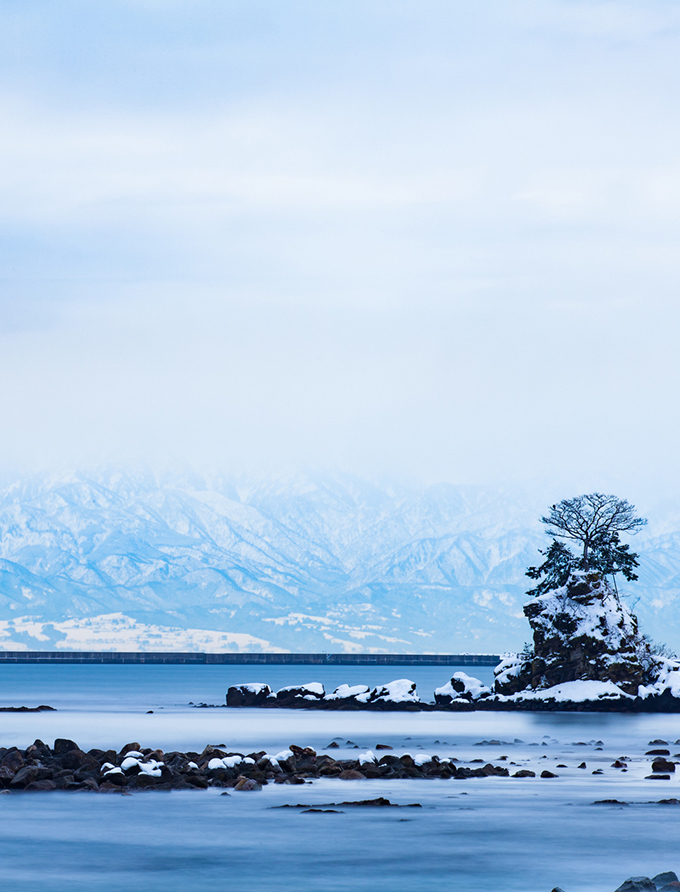
Sake made with natural water in Toyama.
Toyama Prefecture is a “treasure house of famous water” with four locations in the prefecture designated as one of the 100 best waters, including subterranean water from the Tateyama Mountain Range, which rises more than 2,000 meters above sea level. Tomikiku Brewery, which has a small brewery in Toyama City, uses natural water from the Joganji River system, which originates from the Tateyama Mountain Range, to brew delicious, high-quality sake.
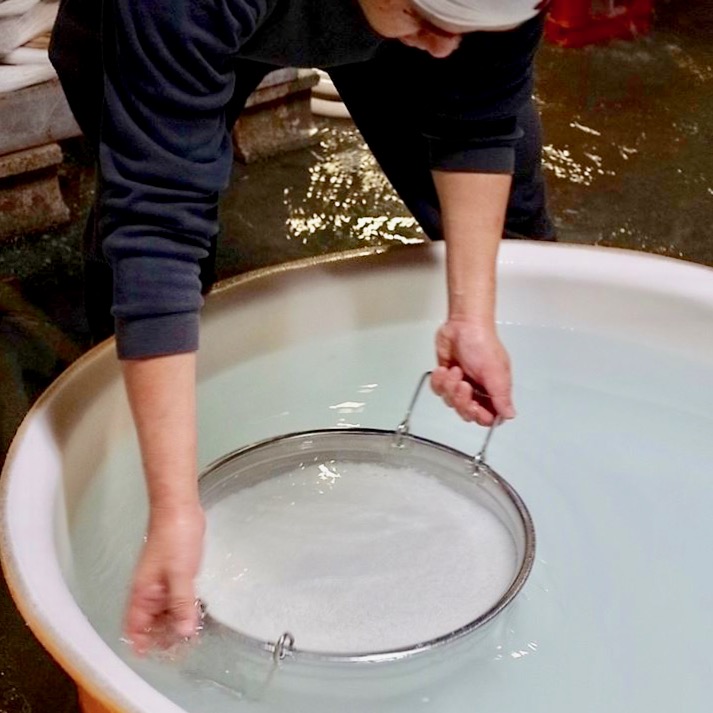
Treating rice with ‘gentei kyusui ‘
The ideal is to brew all sake with the same amount of time and effort as daiginjo.
In order to realize this ideal, the water absorbing process, which is the key to processing sake rice, is carried out by dividing the rice into small portions in a colander and adjusting the water absorbency in small increments of seconds.
This is so-called ‘gentei kyusui(limited water absorption). The result is a light, clear flavor with a mellow aftertaste.
Normally, this method is used only for top-quality ginjo sake, such as sake entered in sake competitions, but at our brewery, it is used for all sake other than regular sake.
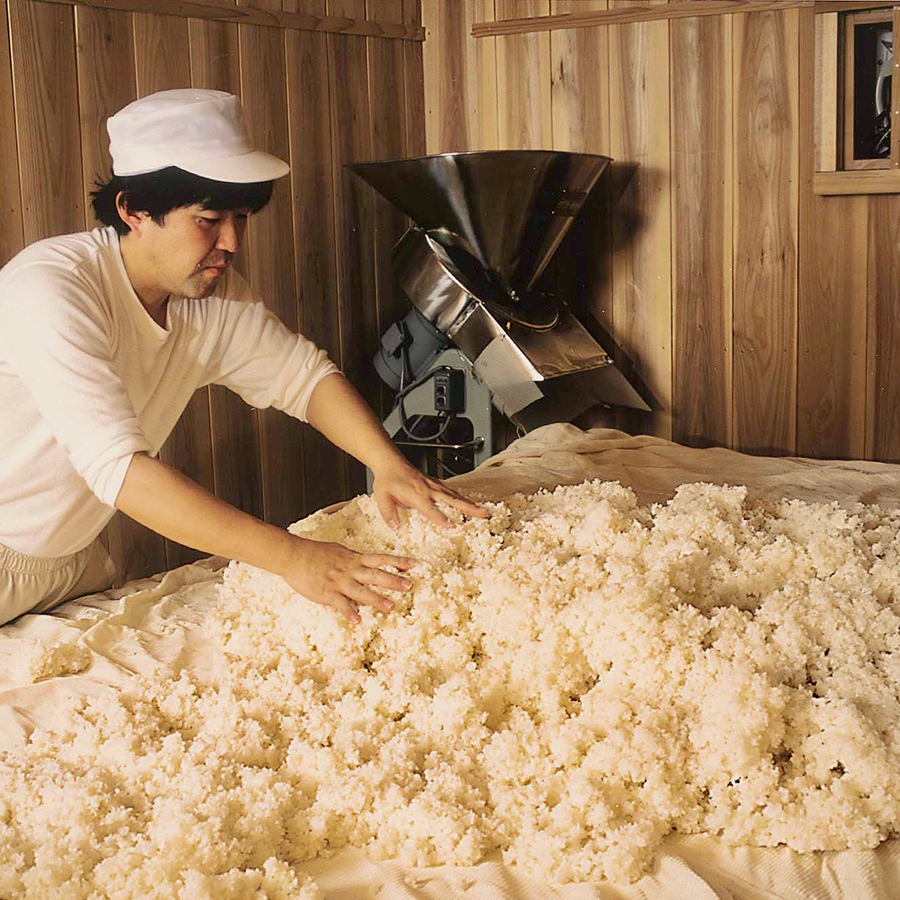
Koji treatment techniques-hako-koji (box koji) and futa-koji (tray koji)
Koji*-making is at the heart of sake-brewing. To make HANEYA products, we use two delicate koji treatment techniquesーhako-koji (box koji) and futa-koji (tray koji)ーboth of which are time-consuming and can only be performed using small batches of rice. Koji is treated “wholeheartedly” night and day by the kuramoto-toji (brewery owner, who is also the chief brewer).
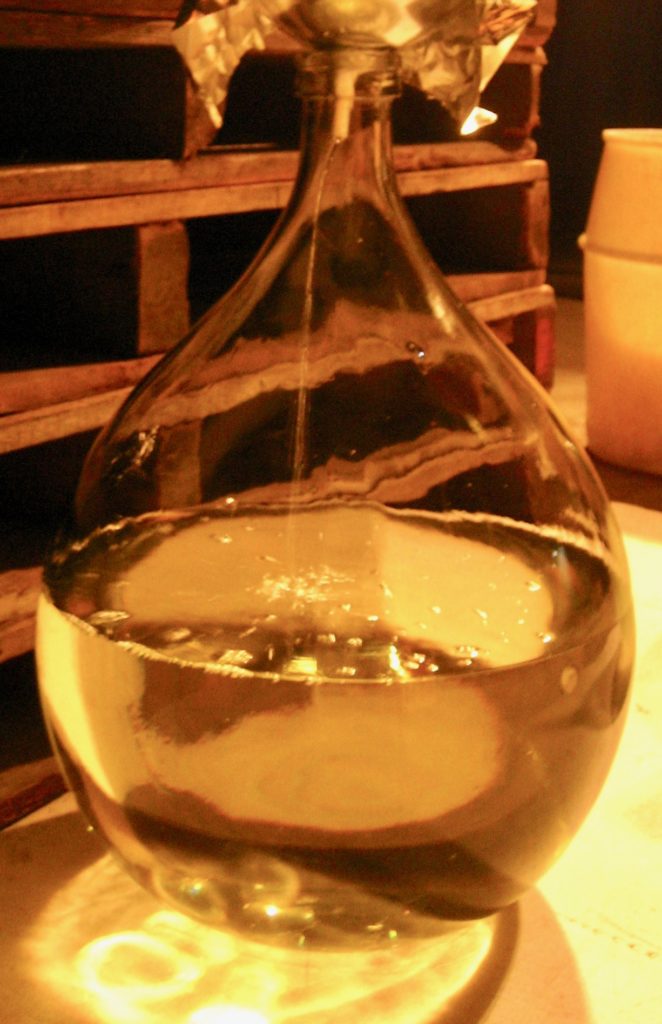
Bingakoi (bottle-stored) at a low temperature
At Fumigiku Sake Brewery, all products, except for non-premium sake, are stored in bottles in a refrigerated environment, using a method called bingakoi. Low-temperature storage is extremely important as it helps in maintaining the flavor of sake. We are committed to rigorously managing the storage environment so that the products are of the best quality when they reach our customers.
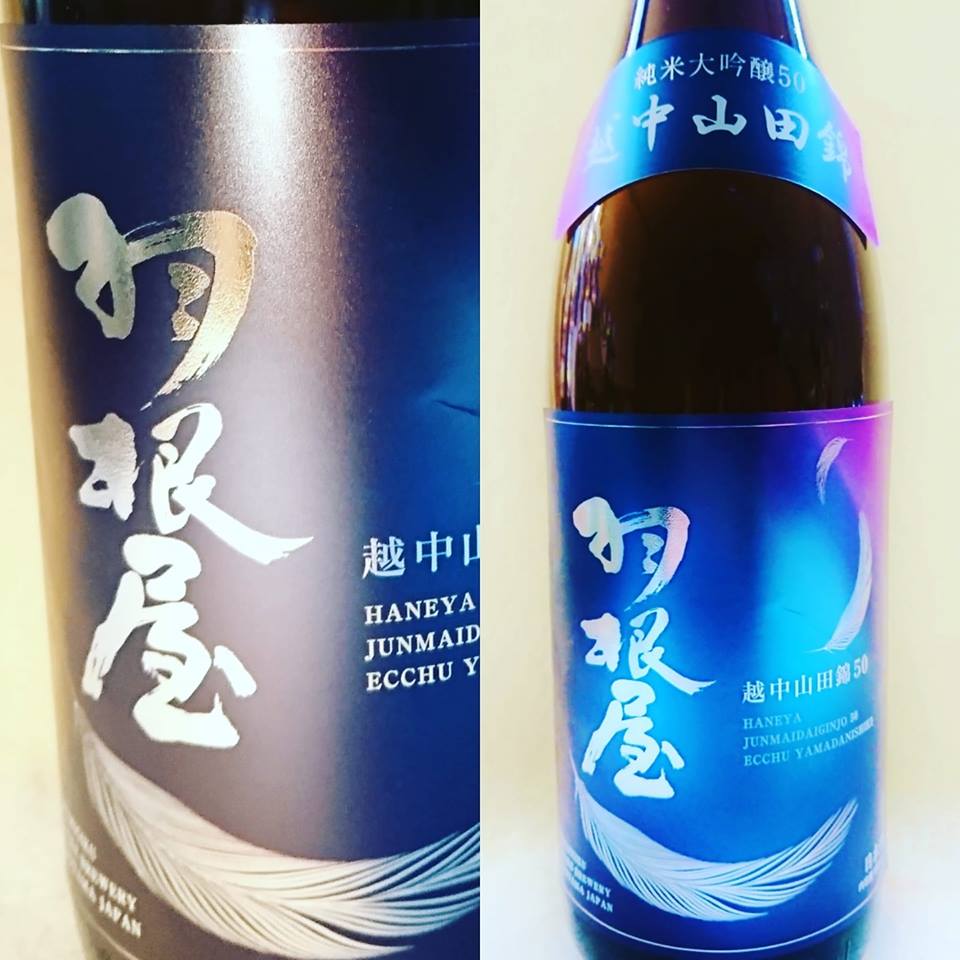
Focusing on terroir
To express the terroir of Toyama as a local sake, Haneya is committed to brewing sake using Toyama’s underground water and sake rice produced in Toyama.
Haneya’s Junmai Ginjo “Kirabi” and Junmai Daiginjo “Tsubasa” all use Toyama-grown “Gohyakumangoku” sake rice, which produces a distinctive flavor.
The beauty of Toyama’s climate is also expressed in the junmai daiginjo made with Ecchu Yamadanishiki, a Yamadanishiki produced in Toyama.
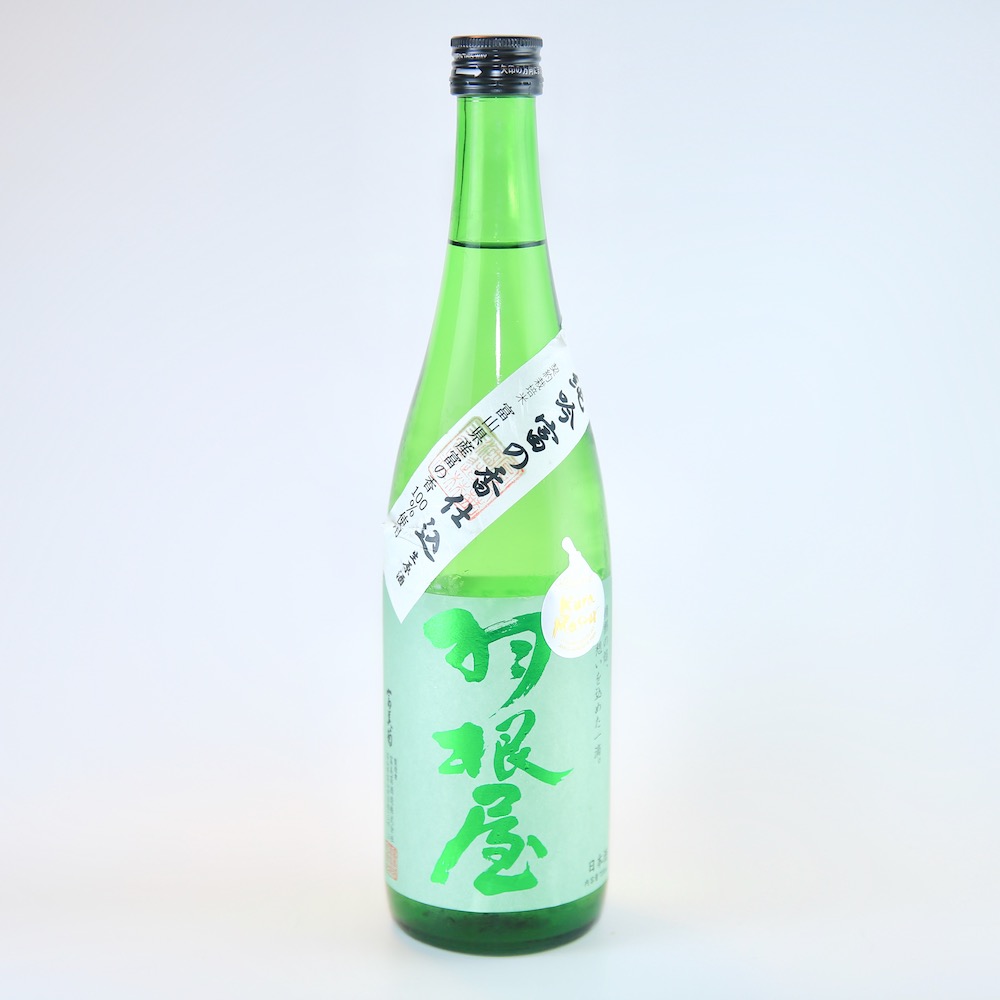
Global SAKE originated in Toyama
In recent years, HANEYA products have begun gaining not only Japan but wider international recognition. The brewery resumed brewing sake using Toyama-produced rice called Tomi-no-Kaori (literally “aroma of Toyama”), and the product with the same name has won the Platinum Prize at the Kura Master 2018. The brewery’s approach to sake-brewing, exclusively using local resources, is drawing a great deal of attention.
